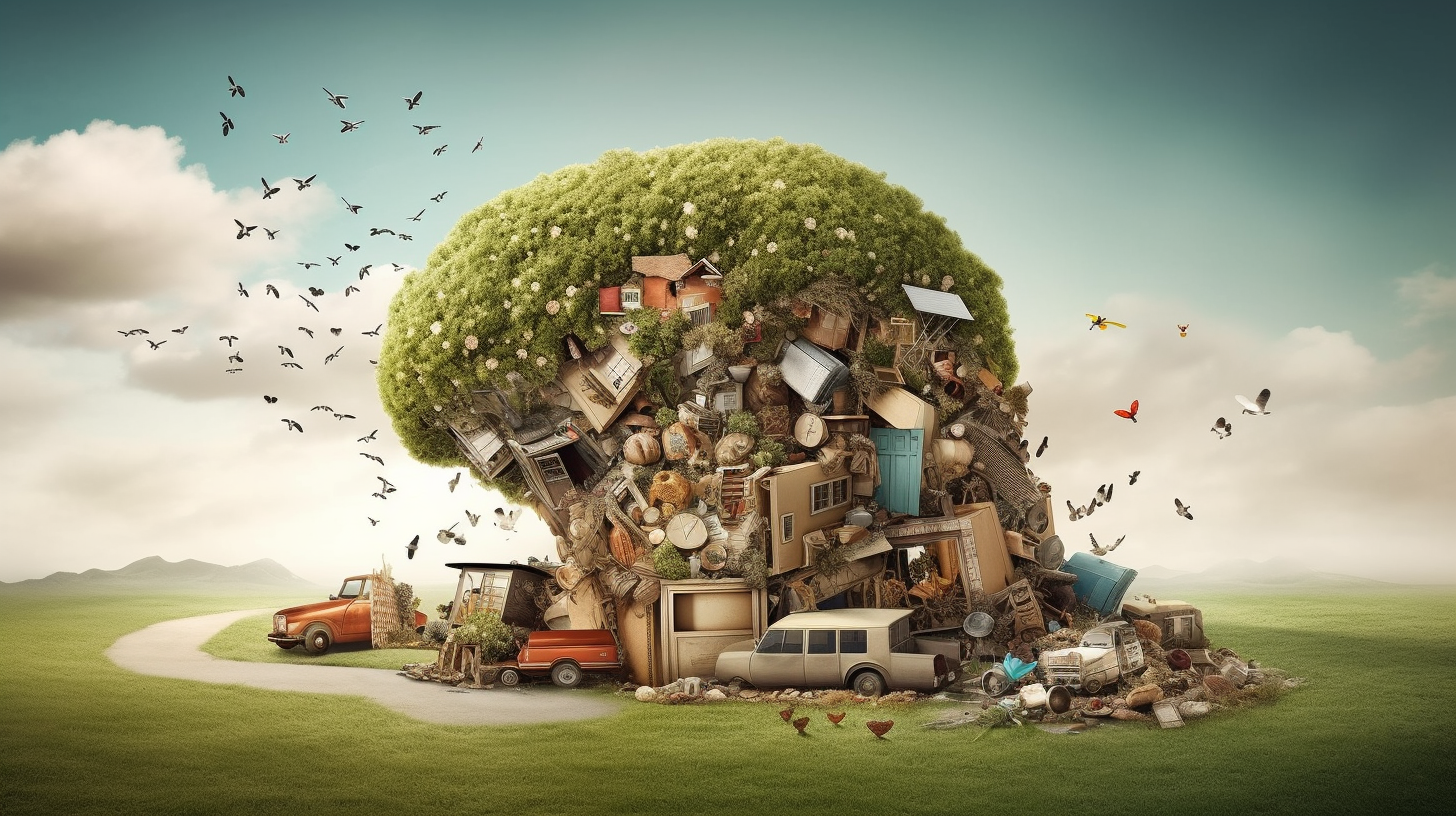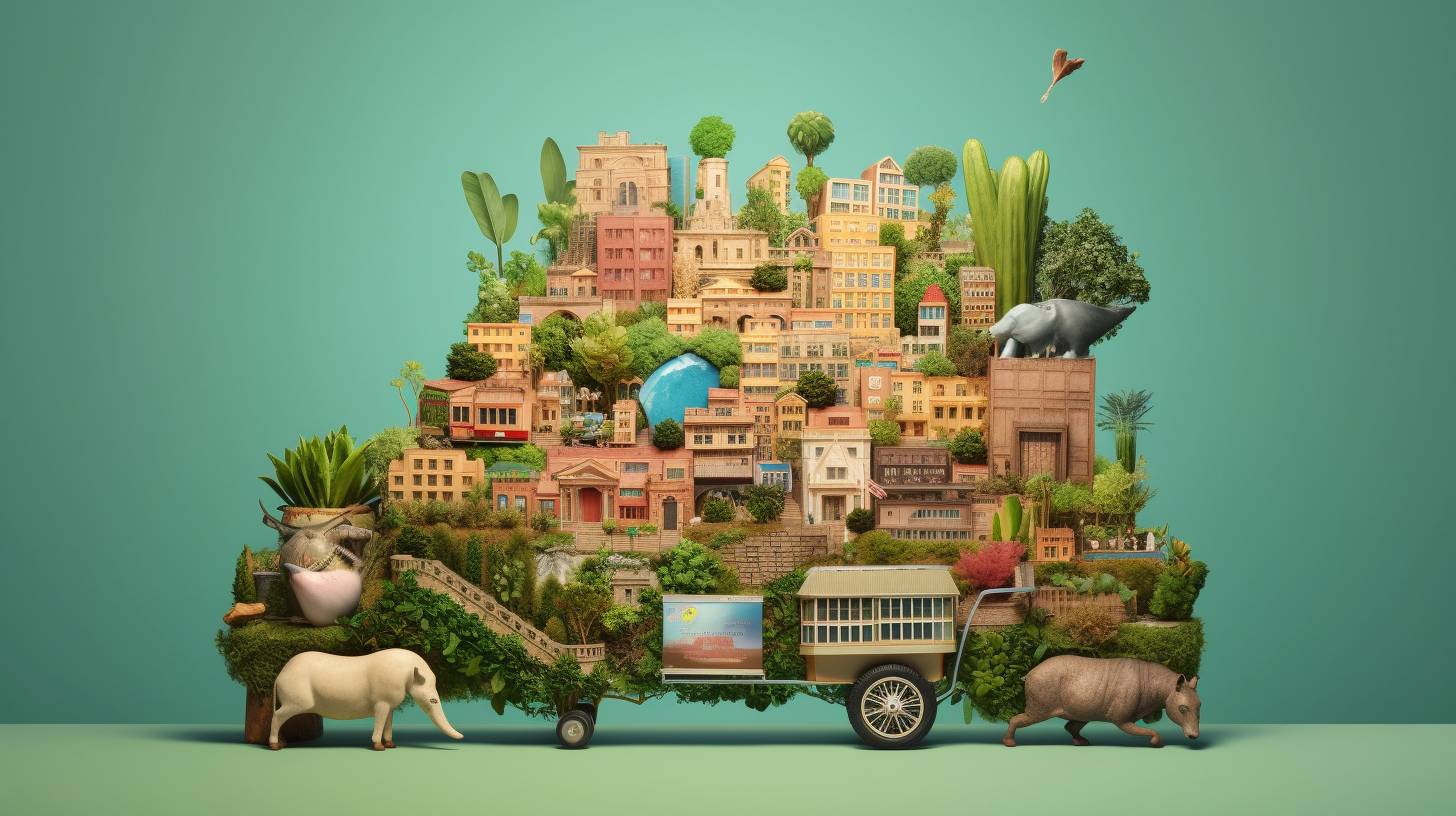Sustainable Consumption: Redefining our Relationship with Resources

Sustainable Consumption: Redefining our Relationship with Resources
In a world driven by consumption, where the pursuit of material possessions often takes center stage, it becomes crucial to pause and reflect on the impact of our choices. We find ourselves at a crossroads, faced with the urgent need to redefine our relationship with resources. The paradigm of sustainable consumption emerges as a guiding light, illuminating a path toward a more harmonious existence. In this article, we delve into the transformative power of sustainable consumption and explore how it empowers us as content creators, enabling us to foster thought leadership and shape a better future for all.
Unveiling the Essence of Sustainable Consumption
Sustainable consumption is not a mere catchphrase but a call to action, a philosophy that challenges our conventional understanding of consumerism. It advocates for a shift from mindless acquisition to a mindful engagement with resources. It invites us to become conscious custodians of the Earth, acknowledging the interconnectedness of our choices with the well-being of our planet and future generations.
At its core, sustainable consumption emphasizes three fundamental pillars: reducing waste, conserving resources, and promoting social equity. By aligning our values with these pillars, we can empower ourselves and others to be agents of change.
In recent years, sustainable consumption has gained significant attention as the global community recognizes the urgent need to address environmental degradation and resource depletion. Moreover, redefining our relationship with resources and adopting sustainable consumption practices is crucial as the human population grows and the demands for goods and services increase. This article delves into the importance of sustainable consumption, explores its benefits, and highlights various strategies that individuals, businesses, and governments can employ to promote a more sustainable future.

Understanding Sustainable Consumption
Sustainable consumption can be defined as the use of goods and services that minimize environmental impact while meeting the needs of present and future generations. It involves making conscious choices about what we consume, how we consume it, and how it is produced. We can reduce our ecological footprint and strive for a more balanced and equitable world by shifting our consumption patterns towards more sustainable alternatives.
Benefits of Sustainable Consumption
Conservation of Resources: Adopting sustainable consumption practices helps to preserve natural resources such as water, energy, and raw materials. Reducing our consumption, reusing products and recycling materials can minimize the strain on the planet's resources and ensure their availability for future generations.
Environmental Protection: Unsustainable consumption is a significant driver of environmental degradation, including climate change, deforestation, and pollution. By embracing sustainable consumption, we can mitigate these negative impacts and protect ecosystems, biodiversity, and the overall health of our planet.
Social and Economic Well-being: Sustainable consumption is closely tied to social and economic development. It encourages fair trade, promotes local businesses and markets, and supports the well-being of communities. By prioritizing sustainable practices, we can create opportunities for decent work, reduce poverty, and enhance social cohesion.
Strategies for Promoting Sustainable Consumption
Education and Awareness: Raising awareness about the importance of sustainable consumption is crucial. Educational campaigns, public discourse, and media engagement can help individuals understand their consumption choices' environmental and social consequences, empowering them to make informed decisions.
Product Innovation: Businesses play a vital role in driving sustainable consumption. By investing in research and development, companies can create innovative, resource-efficient, durable, and environmentally friendly products. This includes designing products for repairability, promoting energy-efficient technologies, and utilizing sustainable materials.
Extended Producer Responsibility (EPR): Governments can implement EPR policies, requiring producers to take responsibility for the entire life cycle of their products, including proper disposal and recycling. This incentivizes manufacturers to design products that are easier to recycle, repair, and reuse, reducing waste and promoting sustainable consumption.
Circular Economy: Transitioning from a linear "take-make-dispose" model to a circular economy is essential for sustainable consumption. This approach involves designing products for longevity, promoting sharing and collaborative consumption, and prioritizing recycling and repurposing. It aims to create closed-loop systems where resources are continually reused, minimizing waste.
Consumer Empowerment: Encouraging consumers to make sustainable choices can be achieved through various means. Providing clear and accessible information about the environmental impact of products, promoting eco-labelling schemes, and offering incentives such as tax breaks or discounts for sustainable purchases can motivate individuals to embrace sustainable consumption practices.
Conclusion
Sustainable consumption is a transformative approach that recognizes the finite nature of our resources and the urgent need for change. By redefining our relationship with resources and adopting sustainable consumption practices, we can address environmental challenges, promote social and economic well-being, and create a more resilient and equitable future. Governments, businesses, and individuals all have a role in driving this transition. We can collectively steer our societies towards a more sustainable path through education, innovation, policy interventions, and consumer empowerment. Let us embrace sustainable consumption and strive for a world where present and future generations can thrive within the limits of our planet's resources.
Plato Re-Imagined
This course offers 32 comprehensive lectures exploring most of Plato's dialogues. These lectures guide students toward a consilient understanding of the divine—a concept that harmonizes knowledge across disciplines and resonates with secular and religious leaders. As a bonus, Lecture #33 focuses on consilience, demonstrating how different fields of knowledge can converge to form a unified understanding.
